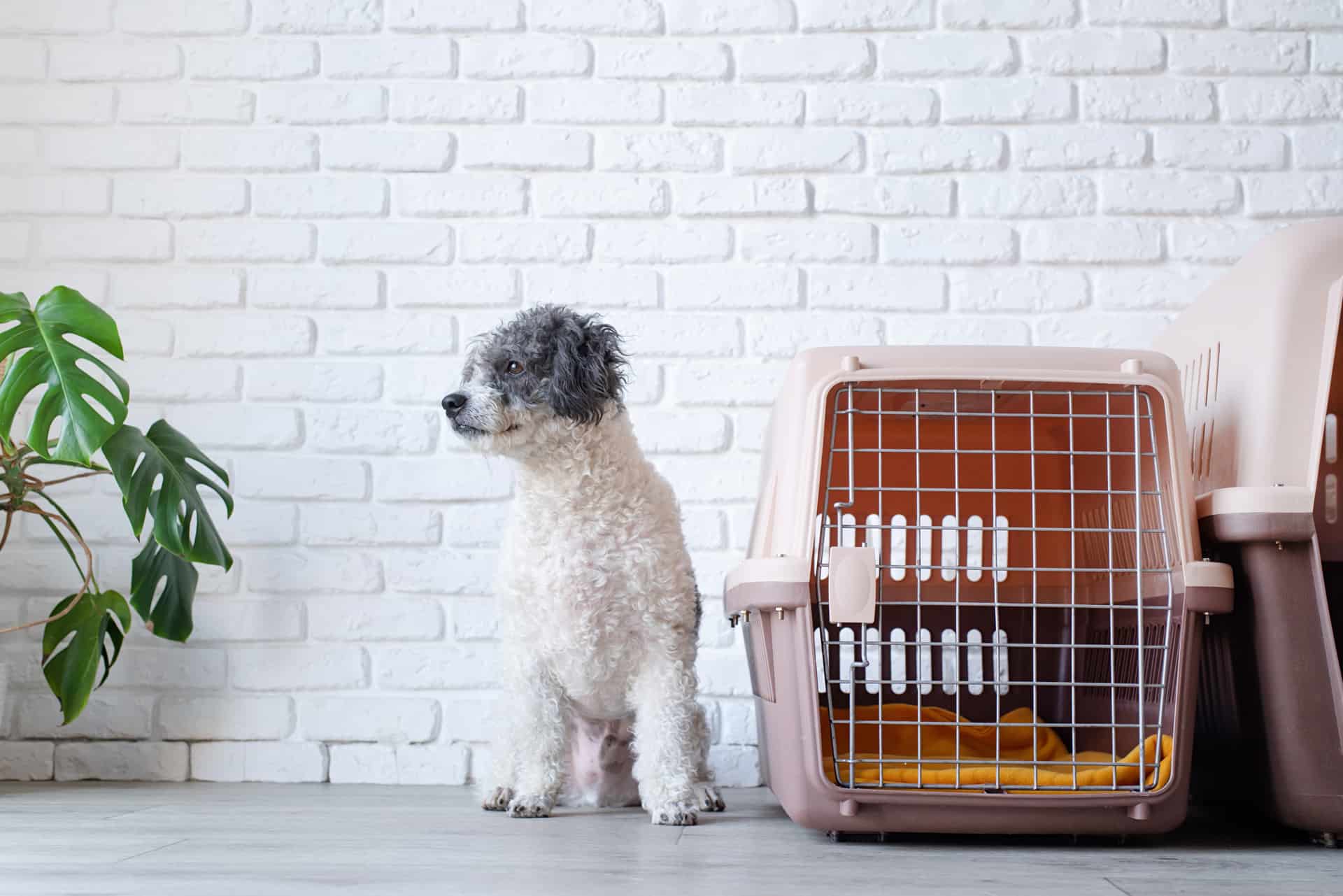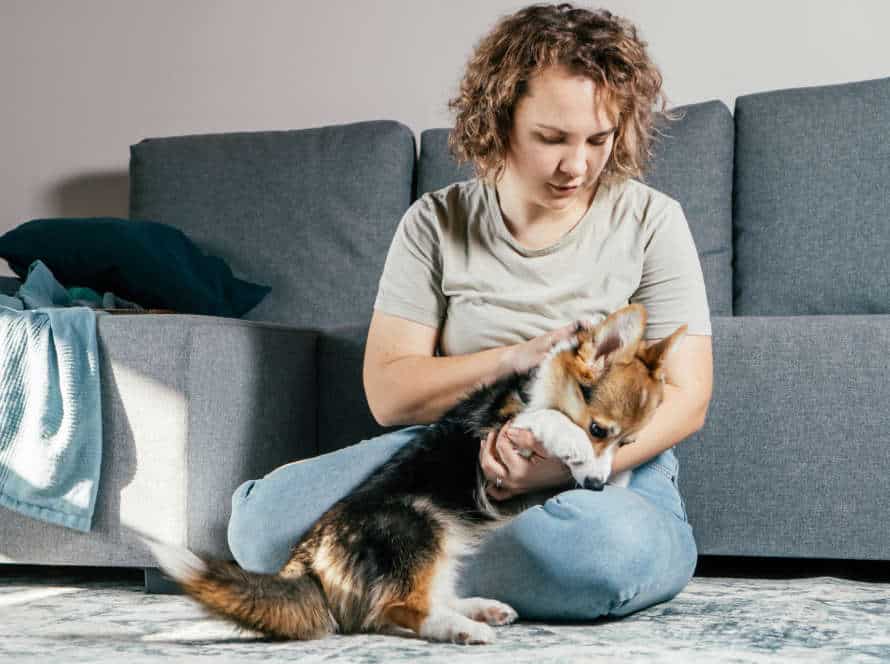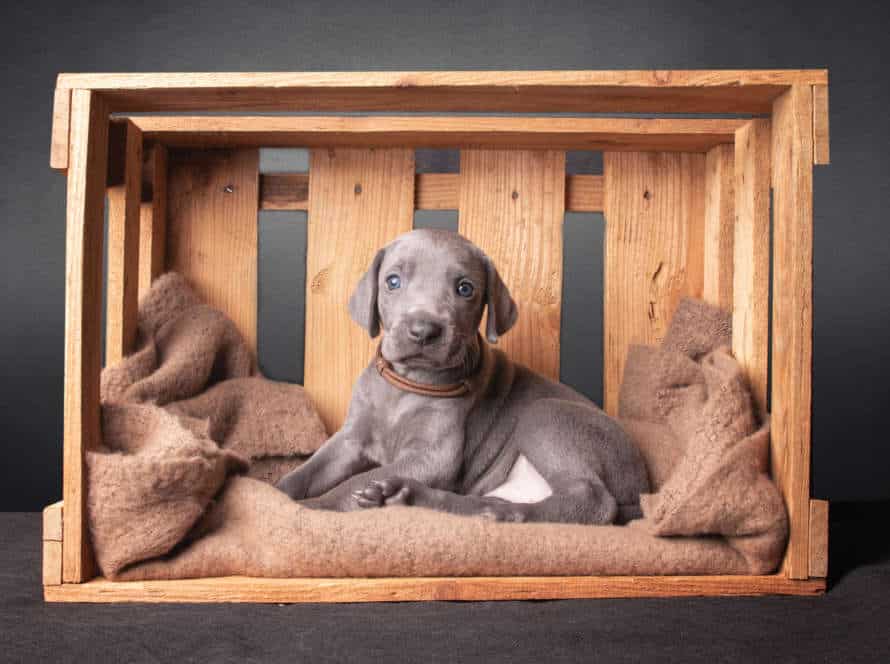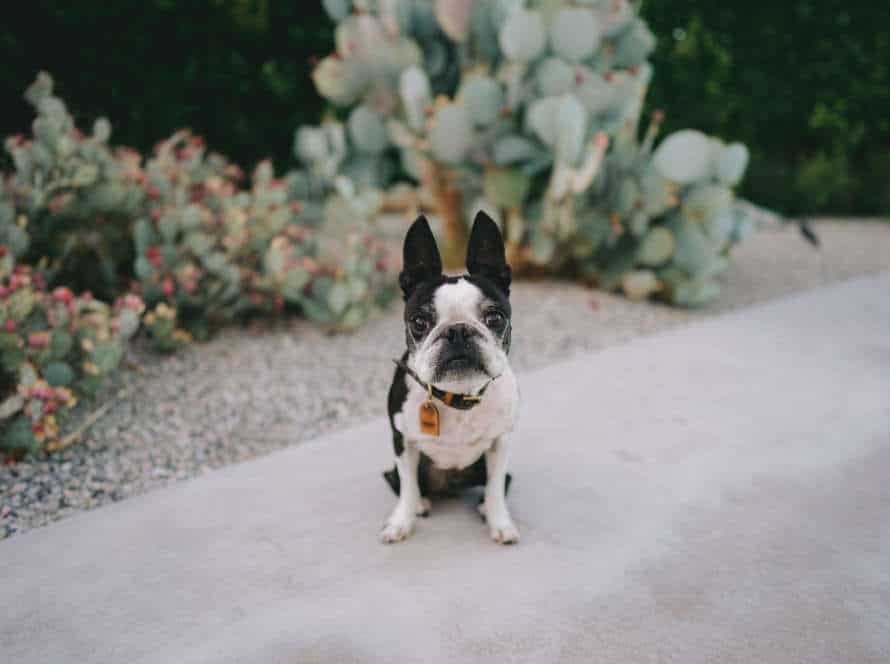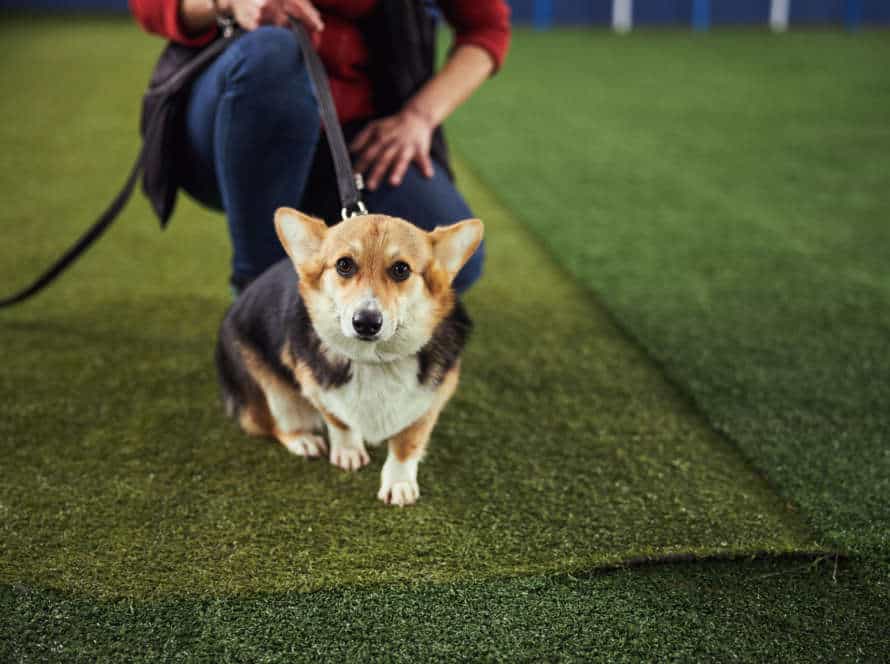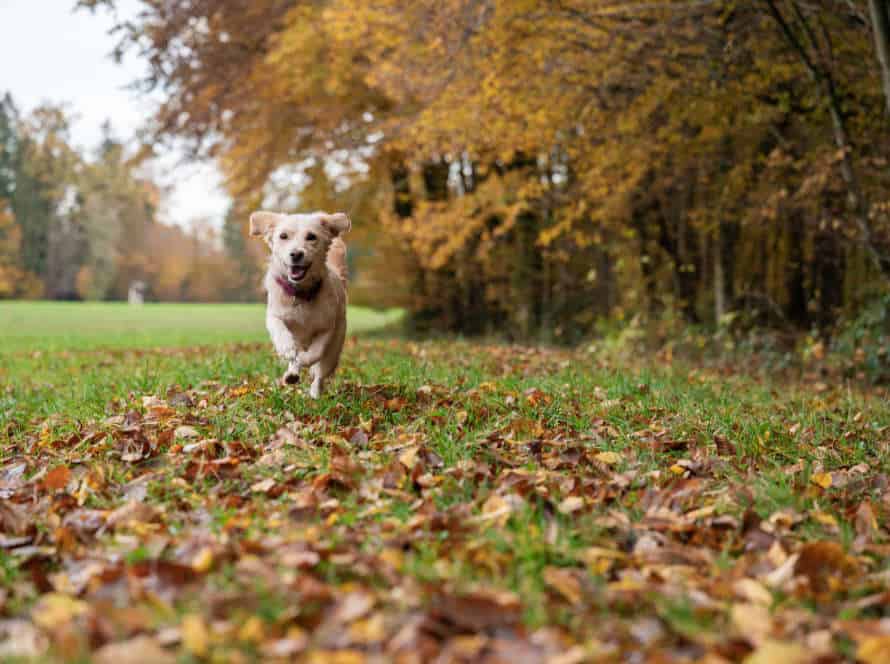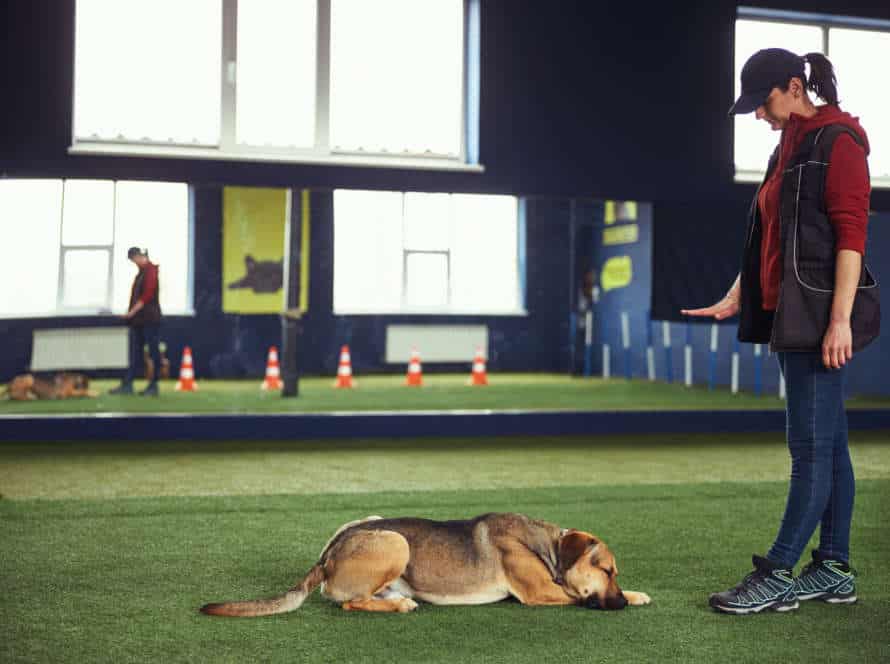The Ultimate Guide to Crate Training Your Puppy
Crate training your pup is key for potty training, setting limits, and giving your furry pal a safe place. Here’s the must-know for successful crate training.
- Choose the right size. Big enough for pup to stand, lie, and turn around inside.
- Introduce it gradually. Make it a fun experience with treats and toys.
- Leave it open and accessible. Let pup explore and get used to it.
- Start with short confinements. Gradually increase the time with positive reinforcement & potty breaks.
- Never use it as punishment. Should be positive and safe.
With patience, consistency, and positive reinforcement, pup can learn to love the crate. It’ll be a comfy and secure spot to rest and relax.
Understanding Crate Training
Crate train your puppy? Yes! It’s one of the top methods for teaching them good behavior. Plus, it helps them get used to their new home. Doing it right involves great communication between you and your pup. Plus understanding that they need time to adjust. Use this guide to help you with the basics of crate training. Plus the different techniques to guarantee a successful transition!
What is Crate Training?
Crate training is conditioning your pup to view a crate as a cozy, safe place. Here’s the guide:
- Pick an appropriate-sized crate for them to turn around and stand comfortably.
- Introduce the crate with treats, toys and bedding inside, and leave the door open.
- Encourage them to explore and reward them for going inside.
- Gradually increase the amount of time they spend in the crate, using positive reinforcement.
- Never use it as punishment.
- Gradually reduce the supervision outside the crate as they get more comfortable.
Pro tip: Crate training can help manage behavior and give your pup a comfy spot. But start early and be consistent.
Advantages of Crate Training
Crate training has lots of advantages for both puppies and their owners. Here are some benefits:
- Housebreaking: Crating helps teach your pup to control their bladder and bowels, making housebreaking quicker.
- A safe space: The crate is like a den or safe haven. They can go there when they’re stressed, tired, or want to be left alone. It also stops them from getting into places they shouldn’t.
- Travel: Crate training is important for taking your pup on trips, whether it’s nearby or far away. They’ll have a familiar and comfy place to stay.
- Eases separation anxiety: Dogs are social creatures, and can get anxious when left alone. Crating can lower their stress and make them feel secure, even when you’re not there.
- Obedience training: Crate training shows your pup who is boss and helps them to be better behaved.
Introduce crate training slowly, with treats, praise, and patience. With time, your pup will learn to love it and its benefits!
How Long Should Crate Training Last?
Crate training should go on until your pup is toilet-trained, happy in its crate, and can stay inside without any whining or crying.
Here are tips for successful crate training:
- Take it slow with the crate, let your pup explore it alone.
- Encourage pup to enter the crate using treats and praise.
- Increase time pup spends in the crate, starting with brief times and slowly increasing.
- Never use the crate as a punishment or leave pup in it without access to food, water, and toys.
Every pup is different, so the time needed for crate training varies. Some may be trained in a few weeks, others may take multiple months. Be patient, stay consistent, and reward pup for its progress.
Pro Tip: Crate training is an effective tool for house training and behavior management – making a well-trained pup a happy pup.
Choosing the Best Crate for Your Puppy
Crate training your pup? Superb! It’ll keep them safe, plus provide a spot to chill and help establish house-training. To make it work, you need the right crate. Consider size, material and safety features when shopping.
Let’s figure out the best crate choice for your puppy!
Different Types of Crates Available
Selecting the ideal kind of crate is vital for successful crate training of your pup. Here are the different types of crates accessible:
- Plastic crates: Lightweight, long-lasting and airline-approved, these crates are great for travel or house training. They can also give a den-like environment for your pup.
- Wire crates: Sturdy, with good ventilation and easy to clean, these are ideal for dogs who feel anxious or scared of being confined.
- Soft-sided crates: Light, portable and made of fabric or mesh, these are best for dogs who don’t chew or scratch.
- Wooden crates: Stylish, strong and perfect for creating a secure, comfortable space for your pup.
Before deciding on a crate, consider its size, material, portability, cleaning needs and your pup’s behaviour and needs. Your pup’s crate should be a safe and comfortable place where he feels secure and at ease.
What Size Crate Should You Get?
Picking the proper crate size is key for successful puppy crate training. Here’s some advice for finding the best size:
- Measure your pup from nose to tail and from paws to shoulder.
- Add 2-4 inches extra to these measurements to find the minimum size of crate.
- Get a crate with an adjustable divider so it can expand as your pup grows.
- If you have a large breed pup, purchase a crate for an adult dog to avoid needing to replace it often.
- Make sure the crate is big enough for the pup to stand, turn, and lie down comfortably, yet not too roomy.
Investing in the right size crate will ensure your pup’s comfort and safety while they learn to love their space for years to come.
Features to Look for in a Crate
Selecting the ideal crate for your pup is an essential part of crate training. Here are the key points to remember:
- Size: Make sure the crate is large enough for your pup to stand, rotate and relax.
- Security: Pick a crate that has strong construction and secure locks to stop escape and guarantee safety.
- Portability: Consider the weight and size of the crate. Especially if you plan to travel with your pet.
- Simple to Clean: Choose a crate with easy-clean surfaces and a detachable tray for swift cleaning.
- Comfort: Find a crate with a soft bed or cushion for your pup to relax.
- Durability: Choose a crate made from high-quality materials and can handle the energy level of your pup.
Keep these features in mind when selecting a crate to ensure your pup’s safety, ease, and successful crate training.
Preparing Your Puppy for Crate Training
Crate training your pup? Great! Here’s what you do before:
- Prep your pup for their new environment.
- Give them a safe and secure space.
- Provide them a place for nap time, potty breaks, or alone time.
There you go! Your pup is ready for crate training.
Introduce the Puppy to the Crate
Introducing your pup to their crate is key for successful crate training! Here are some steps you can take:
- Place the crate in a quiet, comfy spot in the house.
- Put a cozy blanket or mat in the crate.
- Use treats or toys to entice them inside.
- Praise them when they get in, but don’t shut the door right away.
- Gradually increase the amount of time they’re in the crate.
- Don’t leave them in there too long – especially in the beginning.
Pro tip: Be patient and consistent. Positive reinforcement and patience will help your pup come to see the crate as their safe space.
Start with Short Sessions
When it comes to crate training your pup, short sesh’ are key to success. Here’s how to start:
- Place treats or toys in the crate and hold the door open.
- Encourage your puppy to explore and enter.
- Once comfy entering and exiting, slowly increase the time spent inside with the door closed. Start with a few minutes, and slowly increase duration.
- Stay close to monitor behavior and ensure comfort.
- Over time, your pup will learn the crate is a place of safety and comfort. Use it as a tool for training and a safe space for your pet.
Make the Crate a Comfortable Space
Crate training can be beneficial for your pup’s growth and development if done correctly. To create a comfortable space, here are some tips:
- Get the right size crate. It should be big enough for the pup to stand, turn and lie down comfortably, but not too big.
- Add bedding such as a soft blanket or a crate pad.
- Keep the crate in a calm and quiet area.
- Provide water and chew toys.
Remember, successful crate training is about introducing the crate slowly and positively, so your pup associates it with good experiences. Pro tip: Start with short intervals and gradually increase duration as your pup gets more comfortable.
Step-by-Step Guide for Crate Training Your Puppy
Crate-training your pup is essential for any pup parent! It teaches them to feel secure and safe in their own space. This can be beneficial for other training too. The crate can be a comfy spot for your pup to take some alone time. Here’s a step-by-step guide to crate-training your pup. Let’s get started!
- Introduce your pup to the crate: Let your pup explore the crate on their own. Encourage them to sniff around and make it a positive experience by placing some of their favorite toys or treats inside.
- Make the crate comfortable: Add a cozy blanket or a soft bed so that your pup feels comfortable in the crate.
- Associate food with the crate: Put your pup’s meals near the crate, then gradually move the bowl inside the crate. Once they are comfortable eating inside, close the door while they are eating and then gradually increase the time the door remains closed.
- Provide entertainment: Give your pup some toys to keep them entertained while they are in the crate.
- Time to sleep: Make the crate your pup’s sleeping area. Close the door at night and let them sleep in the crate. You might hear some howling, but don’t worry! Your pup will get used to it, and eventually, they will see it as their safe and secure spot.
Create a Positive Association with the Crate
Creating a good connection with the crate is very important when training your puppy. Here are steps to make the crate an enjoyable space for them:
- Get the Correct Size Crate: The crate must be big enough for the pup to stand up, turn around, and lay down easily.
- Introduce the Crate Little by Little: Place the crate in the room where the pup usually stays, and keep the door open.
- Praise Good Behavior: Give your pup treats, toys, and compliments when they enter the crate to reward them.
- Feed Your Pup in the Crate: Put the food bowl in the back of the crate while eating, so they connect the crate with something good.
- Increase Crate Time: Start with short times, like 10-15 minutes, and slowly become longer as the pup feels secure.
Patience is key for crate training, and staying positive with the crate will help your pup’s happiness and health.
Gradually Increase the Time in the Crate
Crate training is a must for house training your pup. To help your pup get used to their crate, gradually increase their time spent there. Here’s a step-by-step guide:
- Make the crate inviting. Use treats and toys to make it attractive.
- Encourage pup to enter. Throw a treat/toy in. Let pup come and go.
- Introduce longer periods. Start with a few minutes and work up to one hour at first.
- Increase time gradually. Once puppy is comfortable with an hour, increase in 30-minute increments or more.
- Reward good behavior. Give treats and praise when pup enters voluntarily or behaves well in the crate.
Remember- Don’t use crate as punishment. You want pup to think of it as a safe, warm place to rest or spend time alone.
Ignore Whining or Barking in the Crate
Ignoring whining or barking in the crate is key when crate training your pup. Here’s a guide to help you do it right:
- Choose the Right Sized Crate.
Get a crate big enough for your pup to stand, lie down and turn around easily. - Introduce Crate Gradually.
Give your pup treats or toys inside the crate. Encourage them to go in and explore. - Feed Meals in the Crate.
Once your pup is comfortable going in and out, start feeding them inside. This will make the crate a positive place. - Increase Crate Time Gradually.
Start by leaving your pup in the crate for short periods, then gradually increase the time. Always reward them for good behavior. - Ignore the Whining or Barking.
Don’t respond to barking or whining. Reward them when they’re calm instead.
Crate training takes patience and consistency. Done well, it can help potty train and keep your pup safe.
Tips for Successful Crate Training
Crate training can be a great way to teach your pup about house rules. It offers a safe area for them to stay in and helps you control where they go potty. To be successful with crate training, follow these key tips:
- Make sure the crate is the right size
- Give consistent training
To learn more, keep reading.
Don’t Use the Crate as Punishment
Using the crate as a punishment could lead to bad feelings about it for your pup. Here are some tips for successful crate training:
- Make the crate a comfy place with bedding and toys.
- Start small, with short times in the crate while you’re home.
- Never force them in, or leave them in too long.
- Reward them for going in voluntarily.
- Use a crate cover to make a cosy atmosphere.
Be consistent and positive. Pro tip: Crate training can help adult dogs too, learning boundaries and relieving anxiety.
Use Treats to Reinforce Positive Behavior in the Crate
Treats can help train puppies in the crate! Here’s how:
- Get your puppy familiar with the crate. Put treats near it and let pup sniff.
- Toss a treat inside and urge pup to get it.
- When pup enters the crate, praise them and give another treat.
- Gradually increase the time pup spends in the crate. Reward good behavior with treats.
- Once pup is comfortable, start closing the crate door for short periods. Keep giving treats for good behavior.
- Eventually pup will learn that positive behavior in the crate means rewards.
Tip: Stay consistent and don’t forget love and praise too!
Gradually Increase the Space Around the Crate
Gradually increase the space around your pup’s crate during crate training. It’s a great way to make them feel safe and secure in their new abode. Here’s how:
- Start off small. Place your pup inside the crate with the door open for a few minutes every day. Increase the time they spend inside and close the door for short periods.
- Once they’re comfortable with the door closed, move the crate to a different spot in the same room. Then, take it to a different room. As your pup gets more comfortable with the crate’s new locations, gradually increase the space. Open the door and let them explore the area.
Pro tip: Give positive reinforcement & treats during the process. This’ll help your pup link the crate with pleasant experiences.
Common Issues with Crate Training
Crate training a pup can be difficult. But with patience and consistency, it can be done right. Yet, you may experience some issues. These could include:
- Trying to get out of the crate
- Having accidents in the crate
- Signs of anxiety
We will discuss these common crate training issues and how to fix them.
Separation Anxiety and Crate Training
Do you have a pup with separation anxiety? Crate training can help! Here are some tips to effectively crate train your furry friend.
- Start slow. Gradually introduce the crate and make it comfy with bedding and toys.
- Short intervals. Begin with small periods of time in the crate and increase over time.
- Positive reinforcement. Give treats and praise when they enter the crate.
- Crate placement. Put it in a quiet area, away from noise and distractions.
- Address anxiety. Place something with your scent in the crate, to provide comfort.
- Professional guidance. If your pup displays severe anxiety or bad behavior, get help.
Patience and positivity are key. Pro Tip: Always make sure they have water before leaving them in the crate.
Accidents in the Crate
Accidents in the crate are an issue pet owners may face when training their pup. It’s an essential part of raising a well-trained pup. Here’s why your pup may have accidents and how to stop them:
- The crate is too big. Get one that’s just big enough for your pup to stand, turn and lie down.
- Lack of potty training. Keep a consistent schedule for potty breaks. Praise your pup when they go out.
- Anxiety or fear. Gradual crate training and positive reinforcement can help.
Be patient and consistent. You can help your pup develop good habits with crate training.
Escaping from the Crate
Crate training can be tricky. Especially when your pup doesn’t want to stay inside. Here are a few common issues and tips to make your pup feel at ease:
- Whining and Barking: When your pup feels uncomfortable, they may whine and bark. Introduce them to the crate slowly. Begin with short visits and increase the time. With treats and toys, you can keep pup distracted.
- Chewing and Destruction: Pups chew and scratch when bored or anxious. Give them chew toys and puzzles to keep them busy in their crate.
- Fear of the Crate: Some pups may be scared of the crate. Make it positive and comfortable. Use treats, toys, and positive reinforcement to encourage them to enter the crate.
Crate training takes time, patience, and consistency. With the right approach, your pup can learn to love their crate and view it as a safe place.
Conclusion: Successful Crate Training Leads to a Happy Puppy.
So, to sum it up, crate training your pup is necessary for ensuring their well-being. This successful process makes a content pup. Keep this in mind:
- Choose the right crate size for your puppy.
- Introduce the crate gradually, to avoid fear or stress.
- Reward them for the crate being a comfortable and enjoyable place.
- Have a consistent routine for crate time, such as potty and exercise.
- Be patient and persistent, as crate training may take time and effort.
By following this guide to crate training your pup, you can get them on the path of a happy life with you.
Frequently Asked Questions
Q: Why crate train your puppy?
A: Crate training helps with potty training, teaches your puppy appropriate behavior, provides a safe space for your puppy, and can reduce anxiety.
Q: What size crate should I get for my puppy?
A: The crate should be big enough for your puppy to stand up and turn around in, but not so big that they can use one end for a bathroom and the other for sleeping.
Q: How do I introduce my puppy to their crate?
A: Place treats or toys inside the crate to encourage your puppy to go in on their own. Gradually increase the amount of time your puppy spends in the crate and gradually close the door while they are inside, always providing positive reinforcement.
Q: How long can I leave my puppy in their crate?
A: Puppies should not be left in their crate for longer than 4-5 hours, and longer for adult dogs. Make sure to provide water and toys for your puppy if you are leaving them for an extended period of time.
Q: Should I use the crate for punishment?
A: No, the crate should always be associated with positive experiences. Using the crate for punishment can make your puppy fearful of the crate and may lead to behavioral issues.
Q: How do I transition my puppy out of the crate?
A: Start by leaving the crate door open during the day while you are home. Gradually increase the amount of time your puppy spends outside of the crate, always supervising them to prevent accidents or destructive behavior.

